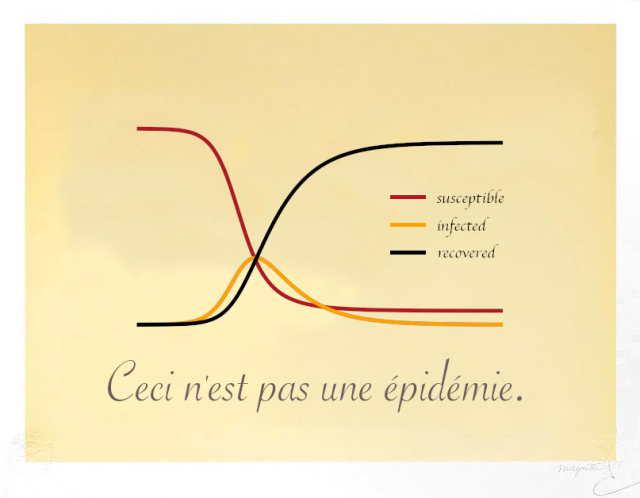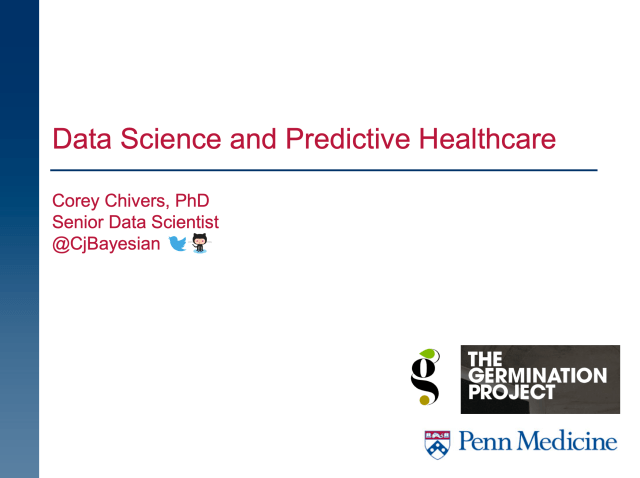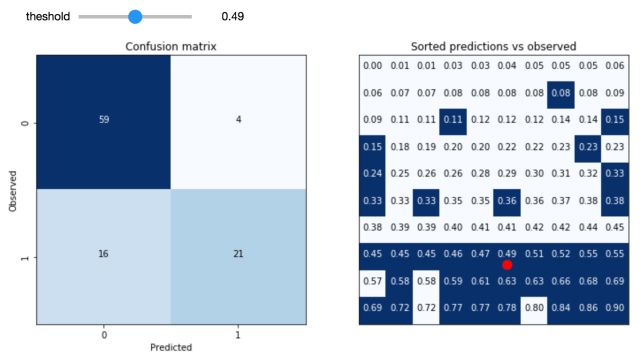I’ve had this book on pre-order since spring and it finally arrived on Friday. I subsequently devoured it over the weekend.

The book lays out a clear and compelling case for how data-driven algorithms can become — in contrast to their promise of amoral objectivism — efficient means for reproducing and even exacerbating social inequalities and injustices. From predictive policing and recidivism risk models to targeted marketing for predatory loans and for-profit universities, O’Neil explains how to recognize WMDs by 3 distinct features:
- The model is either hidden, or opaque to the individuals affected by its calculations, restricting any possibility of seeking recourse against – or understanding of – its results or conclusions.
- The model works against the subject’s interest (eg. it is unfair).
- The model scales, giving it the opportunity to negatively affect a very large segment of the population.
The taxonomy provides a simple framework for identifying WMDs in the wild. However, importantly for data scientists and other data practitioners, it forms a checklist (or rather an anti-checklist) to keep in mind when developing models that will be deployed into the real world. As data scientists, many of us are strongly incentivized to achieve feature 3, and doing so only makes it increasingly important to be constantly questioning the degree to which our models could fall victim to features 2 and 1.
Feature 2, as O’Neil lays out, can occur despite the best intentions of a model’s creators. This can (and does!) happen in two ways: First, when a modeler seeks to create an objective system for rating individuals (say, for acceptance to a prestigious university, or for a payday loan), the data used to build the model is already encoded with the socially constructed biases of the conditions under which it was generated. Even when attempting to exclude potentially bias-laden factors such as race or gender, this information seeps into the model nonetheless via correlations to seemingly benign variables such as zip codes or the makeup of a subject’s social connections.
Second, when the outcome of the model results in the reinforcement of the unjust conditions from which it was created, a negative feedback loop is created. Such a negative feedback loop is particularly present and pernicious in the use of recidivism risk models to guide sentencing decisions. An individual may be labeled as high risk due not to qualities of the individual himself, but his circumstances of living in a poor, high crime neighborhood. Being incarcerated based on the results of this model renders him more likely to end up back in that neighborhood, subject to continued poverty and disproportionate policing. Thus the model has set up the conditions to fulfill its own prediction.
As machine learning algorithms become more and more accurate at a variety of tasks, their inner workings become harder and harder to understand. The trend will make it increasingly difficult to avoid feature 1 of the WMD taxonomy. Current advanced techniques like deep learning are creating models that are remarkably performant, yet not fully understood by the researchers creating them, much less the individuals affected by their results. In light of this, we need to think carefully as data scientists about how to communicate these models with as much transparency as possible. How to do so remains an open question. But the internal ‘black box’ nature of these algorithms does not obviate our responsibility to disclose exactly what input data went into a given model, what assumptions were made of that data, and on what criteria the model was trained.
Overall, WMD provides an incredibly important framework for thinking about the consequences of uncritically applying data and algorithms to people’s lives. For those of us, like O’Neil herself, who make our living using mathematics to create data-driven algorithms, taking to heart the lessons contained in Weapons Of Math Destruction will be our best defense against unwittingly creating the bomb ourselves.





